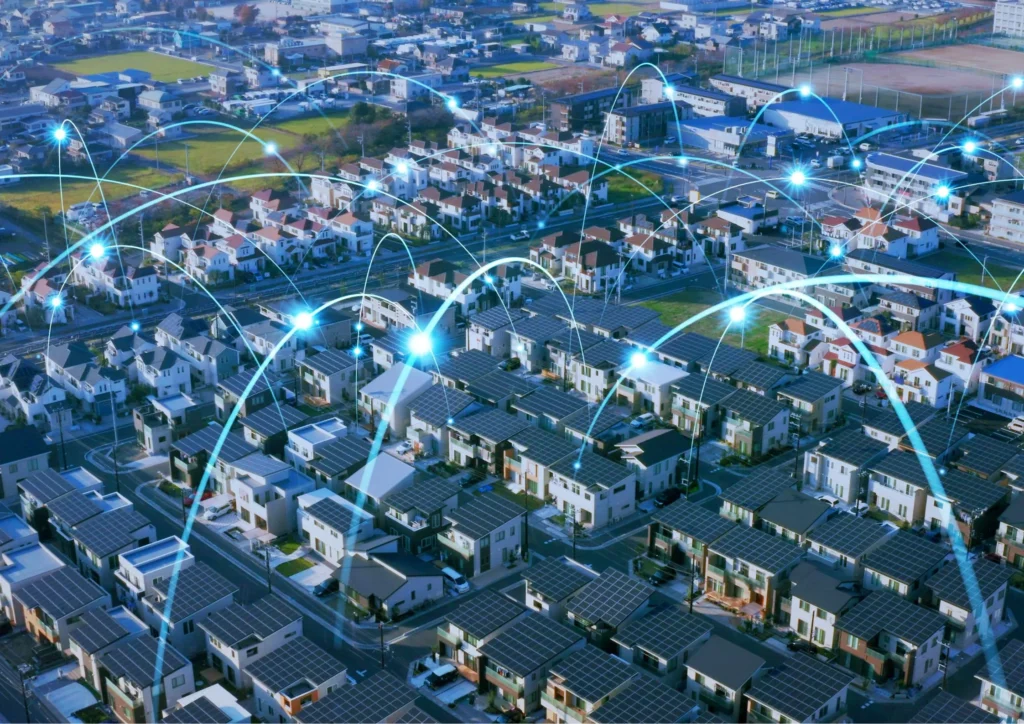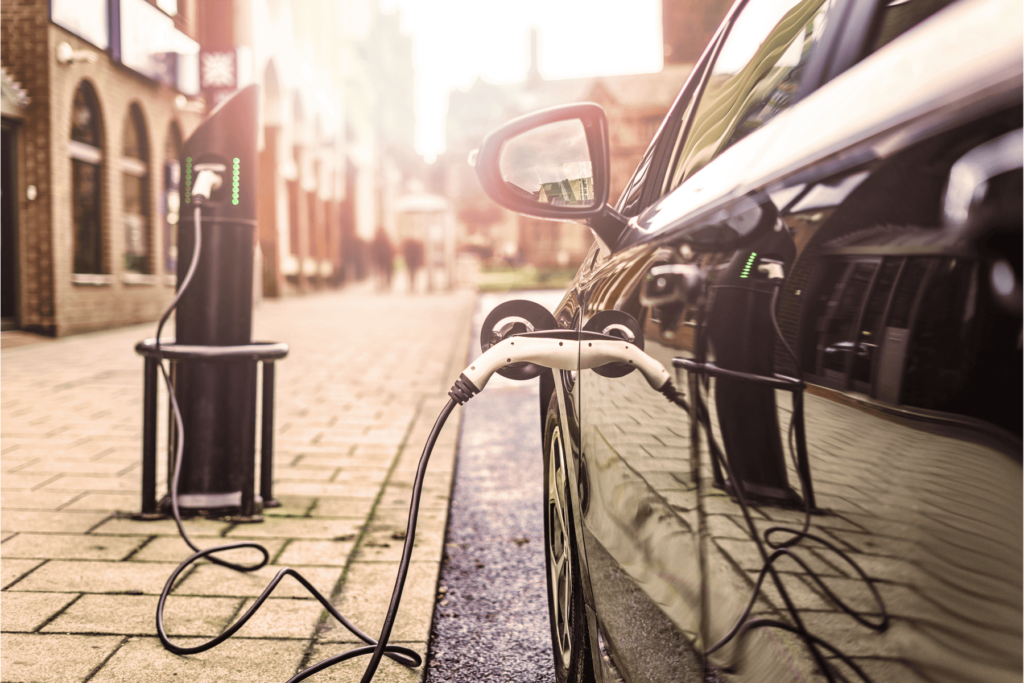

To meet future energy needs and climate change goals the world will need three times more electricity by 2050. Generating this much clean energy requires a major transformation. This is underway, in fact, according to recent analysis from Ember, renewable energy generation is looking progressively on track – wind and solar increased their share of global electricity from 12.8 percent in 2022 to 14.3 percent in 2023. Solar in particular is growing rapidly (+16 percent, +104 TWh), with 50 countries setting new monthly records for solar generation in the first half of 2023. This is good news for people and the planet, however behind the scenes a smorgasbord of grid-related problems are holding back even faster progress.
New renewables are often delayed from feeding into the grid due to curtailment and permitting which can add years to getting clean electrons into use. Longer still are the timelines for laying new cables which can stretch beyond a decade in some parts of the world. The IEA estimates that the tripling of electricity will mean a doubling of grids, and this assumes the world gets better at reducing electricity theft, transmission losses and blackouts. We need smart solutions, and we need them fast.
Shifting the Energy Systems Perspectives
As Einstein famously said, “We cannot solve our problems with the same thinking we used when we created them.” Instead of trying to work out how to distribute three times more electricity to buildings and transport around the world, what if we start at the other end of the telescope – how can buildings and transport help to generate, use, store and share electricity so that we do not have to distribute three times as much? The answer is increasingly clear – on site solar and other small-scale renewables, used in situ, saved in batteries or fed directly into vehicles where it can be used or stored in a mobile battery that can be plugged in somewhere else. Integrate into this system a whole host of electrified devices that heat and cool the air and water, delivering temperature needs on site but also acting as thermal storage. When the plugging in of these devices is replicated by the millions, which is what is hwp-contentening around the world, then it starts to change the overall energy system – each solar panel, battery, EV, or heater is no longer an isolated unit but instead is contributing some of its potential to a larger process of balancing and distributing electricity for a network. On site usage and storage, and the role of EVs as electricity vectors all help to cut the amount of transmission that is needed, as well as the peak amounts – we might even see the famous duck curve put to sleep!
This is not fantasy. In Australia, Origin Energy, the largest electric utility in the country has 276,000 connected renewable devices in one system which currently generates over 815MW of power. Their aim is to exceed 2GW, which would take a huge bite out of the 2.8GW coal plant they currently own. In the USA, CPower, an aggregator of distributed energy resources, has 6.3GW of virtual power under management – the largest system of its kind in the USA. All across the globe electricity companies of different hues are starting to understand that they are not limited to only buying from the market or having to own and operate generating plants. They can activate networks. They can create virtual power plants (VPPs).

Scaling Up Integrated Technologies
Doing so can reap multiple benefits that go beyond reducing carbon emissions. According to global consulting firm Brattle, the net cost to a utility of providing resource adequacy from a VPP is roughly 40–60 percent of the cost of the alternative options; 60 GW of VPP deployment could meet future US resource adequacy needs at USD 15–35 billion less than the cost of the alternative options over the ensuing decade. At the same time, VPPs could provide over USD 20 billion in societal benefits, such as resilience, over ten years. For example, in storm Elliott last December, a single VPP kept the lights on for 1.7 million USA homes when a gas plant went down.
Some changes are needed to reap these benefits. Utilities need to get the pricing right so that consumers participate in the network. Consumer awareness of the ability to be active rather than passive is still low. Regulators need to ensure and incentivise access to electricity markets in an efficient and non-bureaucratic manner. An integrated electricity system will then go a long way to solving transmission and distribution problems. Grid repairs and extensions will still be needed but not to the same extent. The sooner the optimal combination of centralised and decentralised electricity generation, use and storage is worked out, jurisdiction by jurisdiction, the sooner benefits will flow to consumers, utilities, governments and the climate. The race is on.
About the author:
Dan Hamza-Goodacre has 25 years of experience designing and leading climate solutions for governments, philanthropy, and businesses. He is currently the Founder and Chief Energy Officer at Integrate to Zero and an advisor to climate philanthropy.